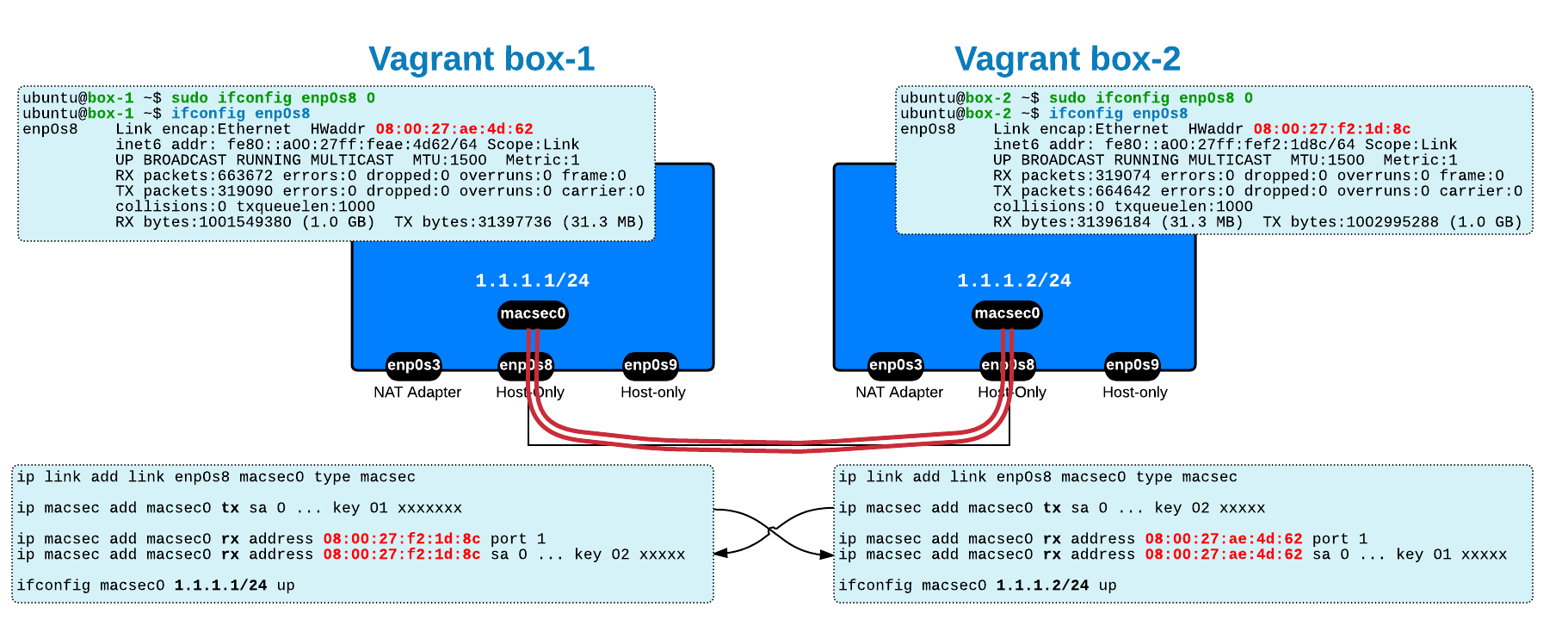This post represents the solution and explanation for quiz-1.
Have a look at the quiz and try solving it before reading this post.
Before jumping to the solution, let's recap some of the features of MSTP and I will start with the history of Spanning Tree Protocol:

Multiple Spanning Tree (MST) is an IEEE standard derived from the Cisco proprietary Multiple Instances Spanning Tree Protocol (MISTP) implementation. The key things that you have to remember about 802.1 MSTP are here:

- it sends BPDU only for the IST (Internal Spanning Tree)
- MST Instances (MSTi) info is piggybacked as special M-records
- in order to be in the same region, switches needs to share
all of these :configuration namerevision numbervlan-to-instance mapping
- instances:
- IST (Internal Spanning Tree) = special instance, also called MSTI0/MST 0, that extends the Commont Spaning Tree (CST) inside the MST region and represents the entire region as a virtual CST bridge to the outside world
- up to 15 MST Instances (MSTIs) = RSTP instances that exist only within a region
- CIST Regional Root can only be a boundary switch (the one with the lowest cost to the CIST Root)
In quiz #1, the MSTP implementation does not take into account the following fact:
You can see this by running the command "show span mst 0" on CORE-2:
CORE-2#sh span mst 0 ##### MST0 vlans mapped: 1-99,200-4094 [...] Interface Role Sts Cost Prio.Nbr Type ---------------- ---- --- --------- -------- --------------------------------Gi0/13 Root FWD 20000 128.13 P2p Gi0/14 Altn BLK 20000 128.14 P2p Gi0/16 Desg FWD 20000 128.16 P2p Gi0/19 Desg FWD 20000 128.19 P2p
The best command that shows the problem is "show span vlan 11" on CORE-2:
CORE-2#sh span vlan 11 MST0 [...] Interface Role Sts Cost Prio.Nbr Type ------------------- ---- --- --------- -------- -------------------------------- Gi0/14 Altn BLK 20000 128.14 P2p Gi0/16 Desg FWD 20000 128.16 P2p Gi0/19 Desg FWD 20000 128.19 P2p
Since Gi0/13 (root port for MST0) does not allow vlan 11 on its trunk, then it does not appear in the above output => this is the best evidence of the problem.
From the design point of view, when choosing MSTP for your network, you must remember the below rules:
map all vlans that you use in your network to some instances (don't leave them in IST) vlans mapped to IST must be allowed on all links don't manually prune individual vlans off a trunk - if you want to do this, then remove all vlans mapped to the same MST instance (not for IST - see above rule)
The solutions for this problem are (in order of preference):
- create another instance and map vlan 11 (plus other vlans used in the network) to it (let's say MST 2)
- allow all vlans on Gi0/13 trunk
- configure cost or port-priority for MST0 to force Gi0/14 to be ROOT port for MST0
Thanks everyone for your interest and comments in the quiz.





 Costi is a network and security engineer with over 10 years of experience in multi-vendor environments. He holds a CCIE Routing and Switching certification and is currently pursuing same expert-level certifications in other areas. He believes that the best way to learn and understand networking topics is to challenge yourself to fix different problems, production-wise or lab-type exams. He also enjoys teaching networking and security technologies, whevever there is an opportunity for it.
Costi is a network and security engineer with over 10 years of experience in multi-vendor environments. He holds a CCIE Routing and Switching certification and is currently pursuing same expert-level certifications in other areas. He believes that the best way to learn and understand networking topics is to challenge yourself to fix different problems, production-wise or lab-type exams. He also enjoys teaching networking and security technologies, whevever there is an opportunity for it.

Comments
comments powered by Disqus